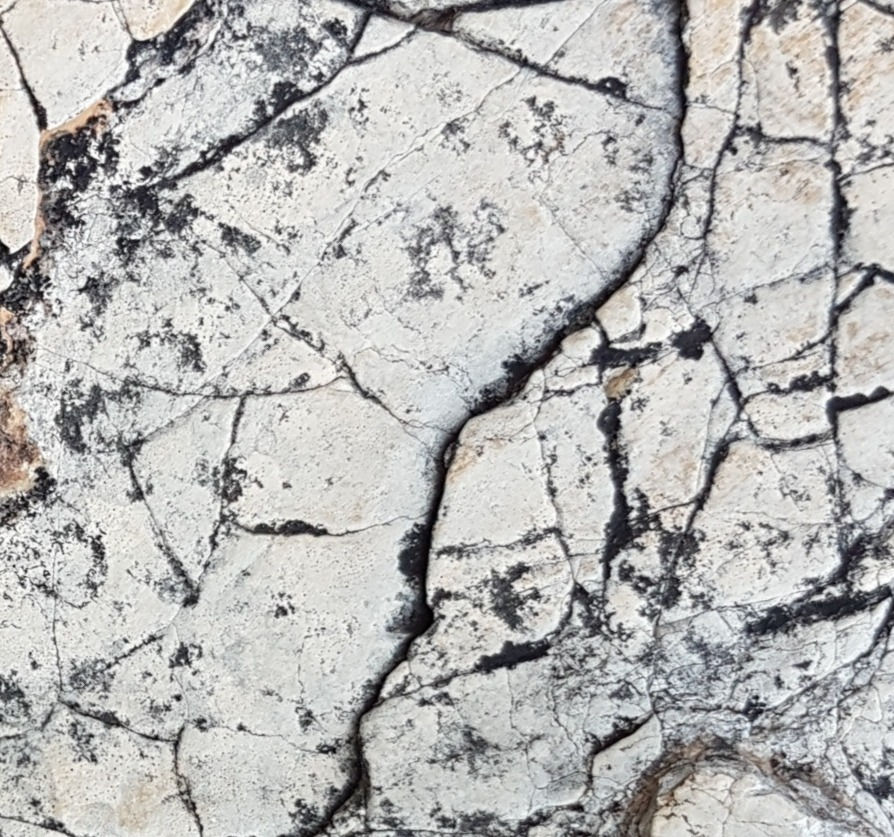"The Emperor's Wardrobe", movement three, is now available
- Freed Hartmann
- Dec 26, 2021
- 2 min read
Updated: Dec 31, 2021
@ YouTube, and as a preliminary audio demo, as the former two movements you may already know. Click here or the below image to get to the piece!
Movement three carries the main idea of “The Emperor’s Wardrobe”. We will come to that in a second.
First of all, as a cycle of variations, the piece doesn’t begin with the theme, followed by the variations, as usual. It starts already with the first variation based on a tune which is hidden.
However, in the last – the twelfth variation, the tune may be discovered as the first violin is playing it, but like a shadow only, based on various noise sounds you got to know already from the second movement of the quartet.
Will you be able to find out which tune we are talking about? I would be happy to know!
What I can share already, is how this movement expresses the idea of “The Emperor’s Wardrobe”.
As you noticed, we are NOT talking about the The Emperor's New Clothes here. You can easily imagine that he has a huge collection of clothes in his wardrobe anyway, and which clothes he decided to wear this time you may hear in this movement of the string quartet.
Now it should be easy to guess who is the emperor himself?
Funny enough, the answer lies with the first question...
Listening tips
It should be pretty easy to distinguish the various musical dressings, each lasting around a minute. However, are you convinced that behind every variation there is some commen musical information that is actually varied? What do you believe could this musical structure be?
Each variation presents a sound territory of its own. Which are your most favored ones, and which do you like the least?
Even so the music is intended to be played by the classical instruments of a string quartet, almost every sound has been created as a special effect on these instruments (will share the credits later). With this extreme sound images in mind, do you still hear a connection to a classical variation cycle, let’s say for example, the Serious Variations by Felix Mendelssohn-Bartoldy for piano?
Today (I write this 1 day later), I came across with Rachmaninov's wonderful Corelli-Variations! It's – again – like a composer's text book, you find almost the whole artist inside (well, who really knows Rachmaninov well will agree that it's still questionable though). Do you have by any chance a favored variation cycle in classical music on your own you would like to share?
Is there anyone who heard the neighbours knocking after the quartet bursted out in the harshest sounds, quite after the middle of the piece? ;-)








Comments